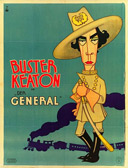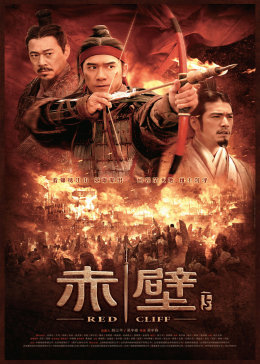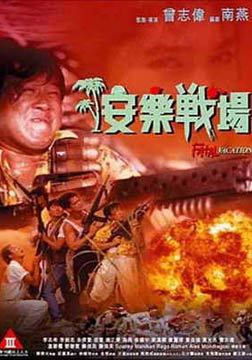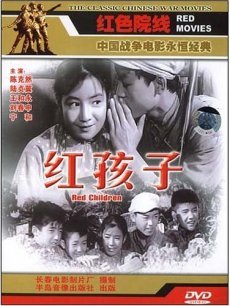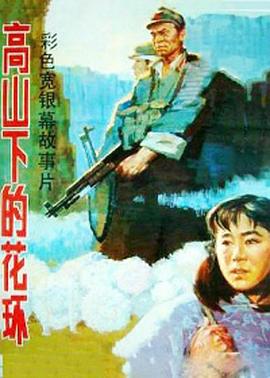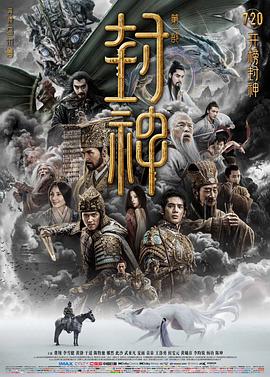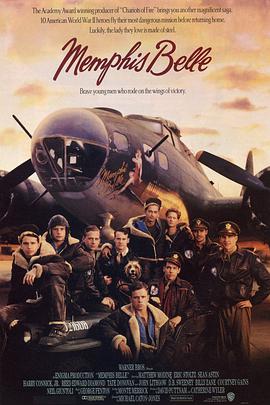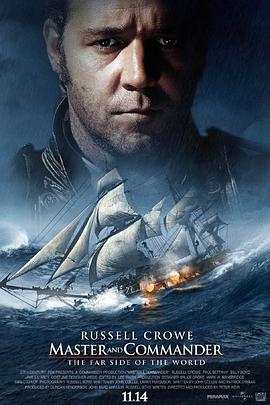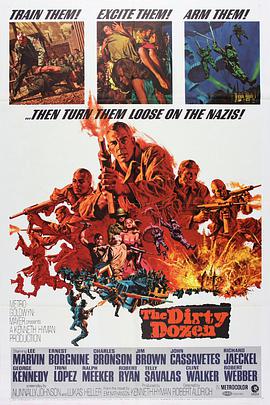- 西瓜云2
- 西瓜云1
- 正片
- HD中字
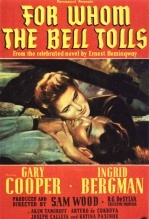
战地钟声
- 主演:
- 加里·库柏,英格丽·褒曼,福图尼奥·博纳诺瓦
- 备注:
- 更新HD中字
- 类型:
- 战争片
- 导演:
- 山姆·伍德
- 年代:
- 1943
- 地区:
- 美国
- 语言:
- 英语
- 更新:
- 2024-02-03 15:09
- 简介:
- 故事发生在1937年西班牙内战时期,在纷飞的战火之中,一位来自美国的名叫罗伯特(加里·库柏GaryCooper饰)的男人,他的身影时常活跃在前线,带领着西班牙人民抗击当地法西斯的残暴统治。他们炸火车打巷战,打得敌人节节败退。...详细
故事发生在1937年西班牙内战时期,在纷飞的战火之中,一位来自美国的名叫罗伯特(加里·库柏GaryCooper饰)的男人,他的身影时常活跃在前线,带领着西班牙人民抗击当地法西斯的残暴统治。他们炸火车打巷战,打得敌人节节败退。
Always a mug’s game of transmuting any literary tome onto the silver screen, yet ever since the dawn of cinema, the 7th art has been strenuously taking it on itself to entertain the multitude by visualizing any number of canonized texts with all its ropes: truncating, dumbing down, ellipsis, reinvention, et cetera, whether with or without its author’s blessings.
Hemingway’s FROM WHOM THE BELL TOLLS, one of his best novels, is published in 1940, and for the film adaptation, the two leads Cooper and Bergman are officially approved by the author himself, which vouchsafes that their star appeal can hex audience with the star-crossed romance between Robert Jordan and Maria, the former, an American language professor turned dynamite expert who is tasked with a mission to blow up a strategically significant bridge amidst the raging Spanish Civil War, and the latter, a Spanish Republican guerrilla fighter, whose parents are killed by the hands of the nationalist Falangists.
One of the film’s strongest suits is the heady, lofty love between the two protagonists, how Bergman’s tresses-shorn Maria passionately conquers the heart of Cooper’s duty-bound Robert without being hokey, and for those who has no foreknowledge of the ending, director Sam Wood persistently conjures up a stirring pall of presentiment for one to dread and guess which one of them will not make it to the end. Cooper’s four-square presence of mind cordially marries Bergman’s fervid, unmitigated confession and solicitation of affection, which makes a grand pair for those who are deeply invested in the story, both earn their Oscar nominations fair and square (Cooper’s fourth, and Bergman’s very first!).
Among the ragtag of the Republic guerrillas, Greek thespian Katina Paxinou cops an Oscar (the sole win out of a total 9 nominations) in her screen debut as the de facto leader of the group, the hard-nosed, hard-hitting heroine Pilar, whereas warfare hardens her feminine nature and ages her physiognomy, her honest confession of “being an old, ugly woman” certainly doesn’t sound revelatory (if not erring on side of being retrogradely philosophical) decades later - one wonder what would occur if she and Robert become an item, after all Paxinou only two years senior than Cooper , but putting her under its context, Pilar is a plangent, wondrous ballbreaker equipped with sagacity and self-knowledge, I can totally watch a movie just about her!
Armenian-American actor Akim Tamiroff also earns an Oscar nomination for his duplicitous performance of Pablo, Pilar’s man, the tinpot leader, in spite of his glorious past, wearied by the ongoing war and becomes ever feckless and self-seeking, the most complex character among the bunch and Tamiroff carries off the distinction in Pablo’s ambiguity, he is miserable, despondent, licking his wounded male pride, but also manifests lethal ferocity, like a ticking time-bomb, waiting to detonate at short notice.
As a Technicolor spectacle, Wood’s execution is less laudable, mostly hindered by its clay-like earthiness to mask its mostly non-Spaniard cast’s ethnic traits, and those cave interior scenes are particularly dun and ill-lit, while the action sequences blatantly betrays its cobbled-together special effect of its era, the much-awaited bridge explosion sheer pales in comparisons with David Lean’s THE BRIDGE ON THE RIVER KWAI (1957). At the end of the lady, not unlike Robert’s mission, which is a pyrrhic victory at any rate, Sam Wood’s adaptation is an above-average blockbuster of the yore, doesn’t age well but at the very least, has an affecting story to hold it together in its tawny core.
referential entries: Sam Wood’s KITTY FOYLE (1940, 6.9/10), THE DEVIL AND MISS JONES (1941, 7.2/10); David Lean’s THE BRIDGE ON THE RIVER KWAI (1957, 8.1/10).
"<>"" && "
Always a mug’s game of transmuting any literary tome onto the silver screen, yet ever since the dawn of cinema, the 7th art has been strenuously taking it on itself to entertain the multitude by visualizing any number of canonized texts with all its ropes: truncating, dumbing down, ellipsis, reinvention, et cetera, whether with or without its author’s blessings.
Hemingway’s FROM WHOM THE BELL TOLLS, one of his best novels, is published in 1940, and for the film adaptation, the two leads Cooper and Bergman are officially approved by the author himself, which vouchsafes that their star appeal can hex audience with the star-crossed romance between Robert Jordan and Maria, the former, an American language professor turned dynamite expert who is tasked with a mission to blow up a strategically significant bridge amidst the raging Spanish Civil War, and the latter, a Spanish Republican guerrilla fighter, whose parents are killed by the hands of the nationalist Falangists.
One of the film’s strongest suits is the heady, lofty love between the two protagonists, how Bergman’s tresses-shorn Maria passionately conquers the heart of Cooper’s duty-bound Robert without being hokey, and for those who has no foreknowledge of the ending, director Sam Wood persistently conjures up a stirring pall of presentiment for one to dread and guess which one of them will not make it to the end. Cooper’s four-square presence of mind cordially marries Bergman’s fervid, unmitigated confession and solicitation of affection, which makes a grand pair for those who are deeply invested in the story, both earn their Oscar nominations fair and square (Cooper’s fourth, and Bergman’s very first!).
Among the ragtag of the Republic guerrillas, Greek thespian Katina Paxinou cops an Oscar (the sole win out of a total 9 nominations) in her screen debut as the de facto leader of the group, the hard-nosed, hard-hitting heroine Pilar, whereas warfare hardens her feminine nature and ages her physiognomy, her honest confession of “being an old, ugly woman” certainly doesn’t sound revelatory (if not erring on side of being retrogradely philosophical) decades later - one wonder what would occur if she and Robert become an item, after all Paxinou only two years senior than Cooper , but putting her under its context, Pilar is a plangent, wondrous ballbreaker equipped with sagacity and self-knowledge, I can totally watch a movie just about her!
Armenian-American actor Akim Tamiroff also earns an Oscar nomination for his duplicitous performance of Pablo, Pilar’s man, the tinpot leader, in spite of his glorious past, wearied by the ongoing war and becomes ever feckless and self-seeking, the most complex character among the bunch and Tamiroff carries off the distinction in Pablo’s ambiguity, he is miserable, despondent, licking his wounded male pride, but also manifests lethal ferocity, like a ticking time-bomb, waiting to detonate at short notice.
As a Technicolor spectacle, Wood’s execution is less laudable, mostly hindered by its clay-like earthiness to mask its mostly non-Spaniard cast’s ethnic traits, and those cave interior scenes are particularly dun and ill-lit, while the action sequences blatantly betrays its cobbled-together special effect of its era, the much-awaited bridge explosion sheer pales in comparisons with David Lean’s THE BRIDGE ON THE RIVER KWAI (1957). At the end of the lady, not unlike Robert’s mission, which is a pyrrhic victory at any rate, Sam Wood’s adaptation is an above-average blockbuster of the yore, doesn’t age well but at the very least, has an affecting story to hold it together in its tawny core.
referential entries: Sam Wood’s KITTY FOYLE (1940, 6.9/10), THE DEVIL AND MISS JONES (1941, 7.2/10); David Lean’s THE BRIDGE ON THE RIVER KWAI (1957, 8.1/10).
"<>"暂时没有网友评论该影片"}
Always a mug’s game of transmuting any literary tome onto the silver screen, yet ever since the dawn of cinema, the 7th art has been strenuously taking it on itself to entertain the multitude by visualizing any number of canonized texts with all its ropes: truncating, dumbing down, ellipsis, reinvention, et cetera, whether with or without its author’s blessings.
Hemingway’s FROM WHOM THE BELL TOLLS, one of his best novels, is published in 1940, and for the film adaptation, the two leads Cooper and Bergman are officially approved by the author himself, which vouchsafes that their star appeal can hex audience with the star-crossed romance between Robert Jordan and Maria, the former, an American language professor turned dynamite expert who is tasked with a mission to blow up a strategically significant bridge amidst the raging Spanish Civil War, and the latter, a Spanish Republican guerrilla fighter, whose parents are killed by the hands of the nationalist Falangists.
One of the film’s strongest suits is the heady, lofty love between the two protagonists, how Bergman’s tresses-shorn Maria passionately conquers the heart of Cooper’s duty-bound Robert without being hokey, and for those who has no foreknowledge of the ending, director Sam Wood persistently conjures up a stirring pall of presentiment for one to dread and guess which one of them will not make it to the end. Cooper’s four-square presence of mind cordially marries Bergman’s fervid, unmitigated confession and solicitation of affection, which makes a grand pair for those who are deeply invested in the story, both earn their Oscar nominations fair and square (Cooper’s fourth, and Bergman’s very first!).
Among the ragtag of the Republic guerrillas, Greek thespian Katina Paxinou cops an Oscar (the sole win out of a total 9 nominations) in her screen debut as the de facto leader of the group, the hard-nosed, hard-hitting heroine Pilar, whereas warfare hardens her feminine nature and ages her physiognomy, her honest confession of “being an old, ugly woman” certainly doesn’t sound revelatory (if not erring on side of being retrogradely philosophical) decades later - one wonder what would occur if she and Robert become an item, after all Paxinou only two years senior than Cooper , but putting her under its context, Pilar is a plangent, wondrous ballbreaker equipped with sagacity and self-knowledge, I can totally watch a movie just about her!
Armenian-American actor Akim Tamiroff also earns an Oscar nomination for his duplicitous performance of Pablo, Pilar’s man, the tinpot leader, in spite of his glorious past, wearied by the ongoing war and becomes ever feckless and self-seeking, the most complex character among the bunch and Tamiroff carries off the distinction in Pablo’s ambiguity, he is miserable, despondent, licking his wounded male pride, but also manifests lethal ferocity, like a ticking time-bomb, waiting to detonate at short notice.
As a Technicolor spectacle, Wood’s execution is less laudable, mostly hindered by its clay-like earthiness to mask its mostly non-Spaniard cast’s ethnic traits, and those cave interior scenes are particularly dun and ill-lit, while the action sequences blatantly betrays its cobbled-together special effect of its era, the much-awaited bridge explosion sheer pales in comparisons with David Lean’s THE BRIDGE ON THE RIVER KWAI (1957). At the end of the lady, not unlike Robert’s mission, which is a pyrrhic victory at any rate, Sam Wood’s adaptation is an above-average blockbuster of the yore, doesn’t age well but at the very least, has an affecting story to hold it together in its tawny core.
referential entries: Sam Wood’s KITTY FOYLE (1940, 6.9/10), THE DEVIL AND MISS JONES (1941, 7.2/10); David Lean’s THE BRIDGE ON THE RIVER KWAI (1957, 8.1/10).

